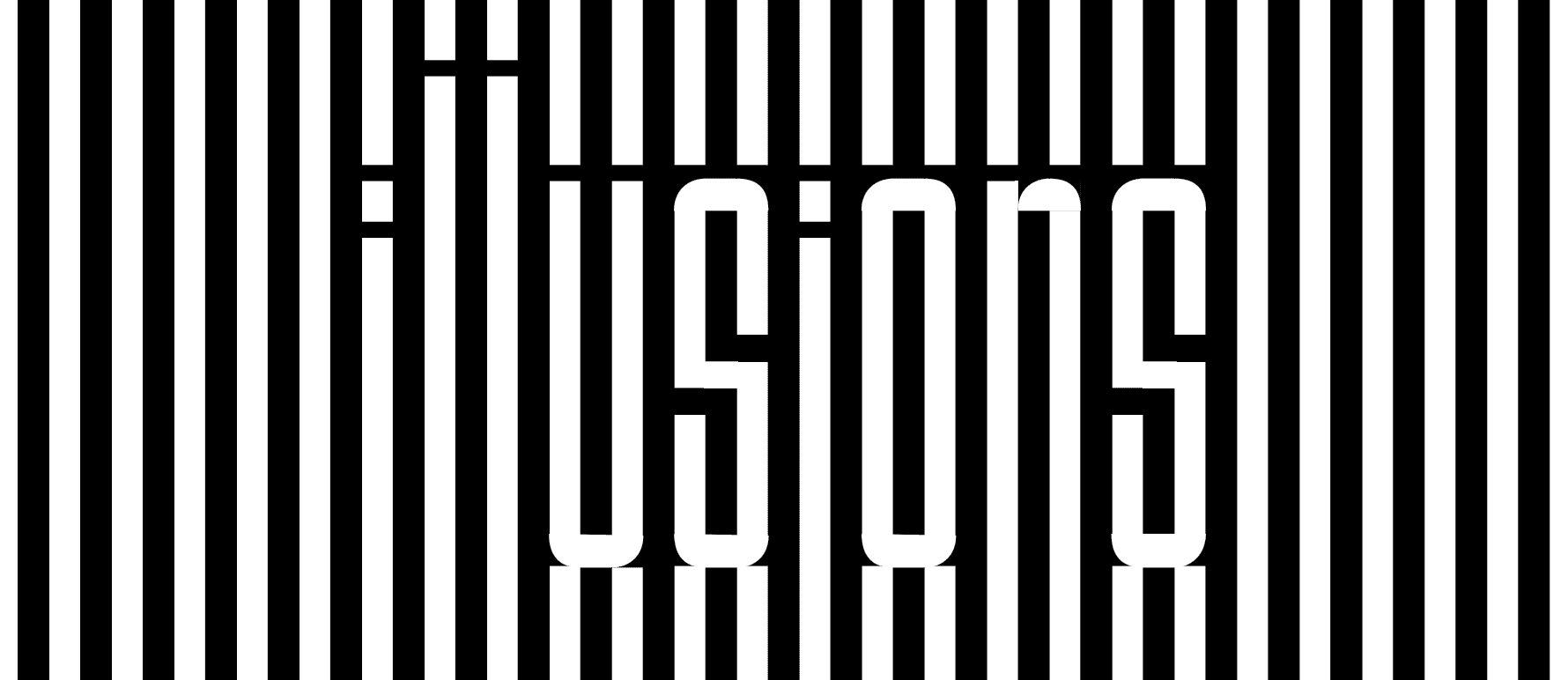I am extremely proud of what we do as a part of our Master’s in Ed Tech (MAET) program. It is a unique program and over the years we have worked hard to make it a multi-faceted and unique experience for your students. Over the next few weeks I (with some help from doctoral student Laura Terry) will be posting examples of the excellent work our students do in this program. (See here for the first post about representing educational tensions with photography.)
The design of our program is very carefully thought through—driven both by powerful theoretical ideas grounded in the pragmatics of teaching and learning. Just this week I found out that a paper we had written about the kinds of activities we do in the MAET program just got published. If you are interested in teacher education and teacher professional development or specifically in the MAET program please check out:
Koehler, M.J., Mishra, P., Bouck, E. C., DeSchryver, M., Kereluik, K., Shin, T.S., Wolf, L.G. (2011). Deep-Play: Developing TPACK for 21st Century Teachers. International Journal of Learning Technology, Vol. 6, No. 2. 146-163.
Abstract: A key complication facing teachers who seek to integrate technology in their teaching is the fact that most technologies are not designed for educational purposes. Making a tool an educational technology requires creative input from the teacher to re-design, or maybe even subvert the original intentions of the designer. The learning technology by design (LT/D) framework has been proposed as being an effective instructional technique to develop deeper understanding of technological pedagogical content knowledge. In this paper we expand our description of the LT/D technique to develop what we call a deep-play model for teacher professional development. The deep-play model integrates: (a) pedagogy for key 21st century learning skills; (b) content that cuts across disciplines with trans-disciplinary cognitive tools; (c) technology by the creative repurposing of tools for pedagogical purposes.
Please let me know if you would like a copy of the paper.


0 Comments